5. Possession
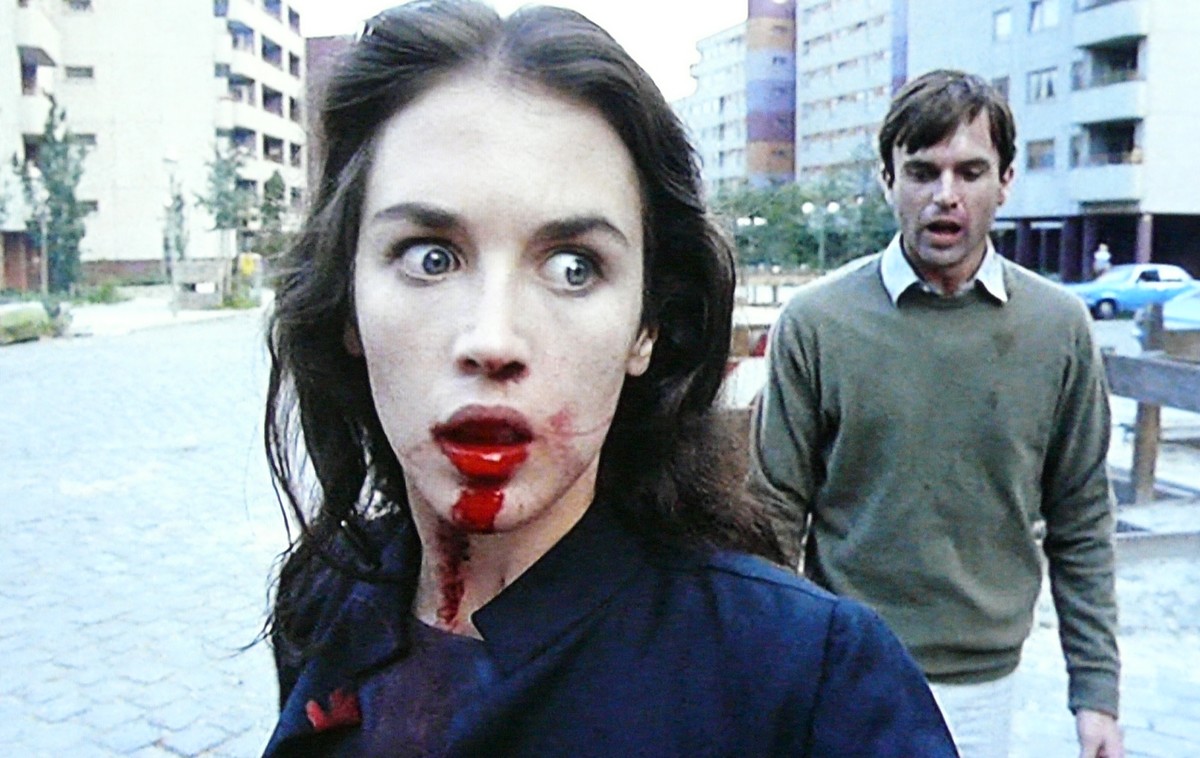
Andrej Żulawski was experiencing his own divorce when he came up with the genre-defying horror “Possession.” He wanted to convey all of the feelings he was going through with this film, which also features a failing marriage.
In one of her numerous awards for Best Actress at the Cannes Film Festival, Isabelle Adjani is at her possible best in a multi-faceted, self-damaging performance that can only be described as pain in all of its forms. Her imposed isolation from her husband (played by Sam Neill) mimics the desperations felt in a film like “Kramer vs. Kramer.” Neill’s character tries to continue life without her, until he demands to know what went wrong.
The film slips sneakily from a divorce drama to being a body horror, a political thriller, and a mystery. Sometimes, life is just difficult and hard to figure out, yet Żulawski figured out a way to paint a mural of trauma with “Possession.” It is a film that is so over the top (including the infamous subway station scene that will forever shake us to our cores) that it’s idiosyncratic in every way.
4. Incendies
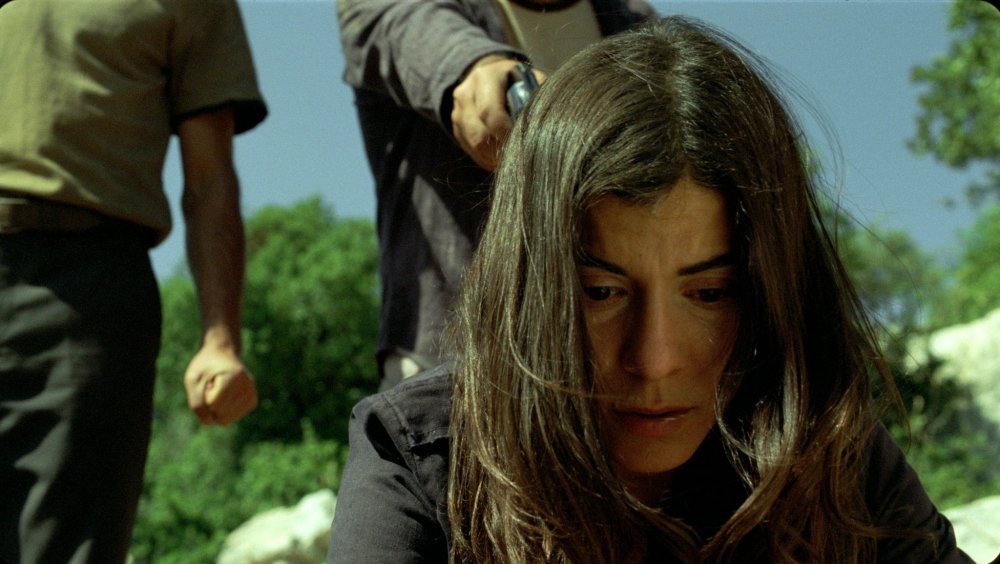
Denis Villeneuve has had a ton of success thrown his way, with his acclaimed films “Arrival,” “Prisoners,” “Sicario,” and the recent “Blade Runner 2049.” It all started from his test of will known as “Incendies”: a Canadian film that depicts the horrors of a raging civil war. A mother’s deepest and darkest history slowly unfurls when her two children try to learn more about her shortly after her death. Her past involves a series of hate crimes, torment, and acts of terror.
Lubna Azabal’s committed performance as Nawal is difficult to watch, because of all of the horrors she either is a witness to or has experienced herself. As the film progresses, each and every challenge gets more difficult than the last to the point of neuroses. Once the film finishes, you aren’t relieved or sent off with a grin; you are humbled by the strength of a person that is trampled by misery but won’t back down. “Incendies” is difficult to watch, but it is a powerfully connecting film.
3. Cries and Whispers
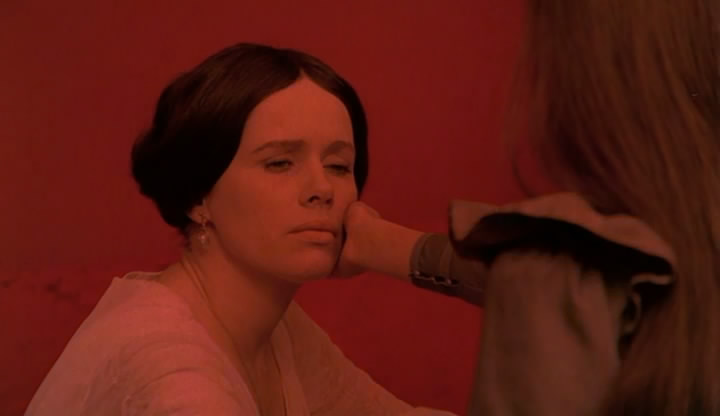
Ingmar Bergman deals with all of the different problems people can face in the majority of his films (even his comedies are arguably existential and conflicted with crises). It is hard to pick just one film of Bergman’s films to include in this list (where do you go between “The Silence,” “Persona,” “Hour of the Wolf” and “The Seventh Seal,” amongst many others).
For argument’s sake, we will look at “Cries and Whispers,” because it may accumulate all of the personal struggles that can be found in other Bergman works. One sister is dying of cancer, and her two other sisters, along with her personal servant, are there for her. While they show their support, each of these three women deal with their own personal demons.
You are inundated with self-guilt, the fear of death, and the envies of others (whom are battling similar fights). Scenes transition by fading into blood red, and high-ringing pings fade in; this is you drifting in and out of insanity. The appropriately titled “Cries and Whispers” is a series of shouts for help whilst leaving out the most personal details, yet you witness each and every mention of grief.
2. Dancer in the Dark
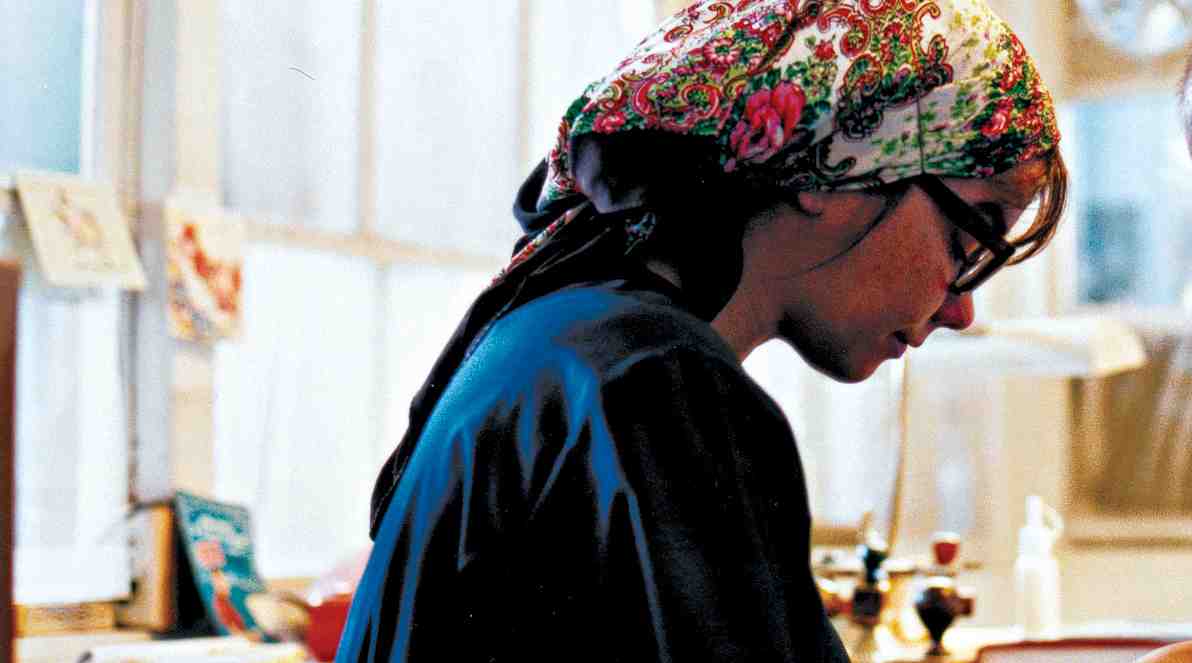
This film has a recent blemish attached to it, with regards to Lars von Trier’s mistreatment of the film’s star Björk. It was known that the two clashed during the making of this film, to the point that Bjork would not show up on set some days. Through the #MeToo movement, it was revealed that Björk was allegedly sexually harassed by von Trier as well.
The film “Dancer in the Dark” retains all of the conflicts within its build through Björk’s stellar performance as a poor mother who is trying to save money to help prevent her child from going blind (all while she herself loses her vision). Through von Trier’s minimalist filmmaking, the film feels personal, up close, and as if you are spying in on the worst moments of someone’s life. The unfortunate revelation of von Trier’s problematic history makes it a bit difficult to experience his body of work; this is especially true when it comes to the recent resurgence of the reputation of the film.
This film has experienced a following lately, when it comes to the most acclaimed films of the new millennium. “Dancer in the Dark” was too confrontational to sit easily with audiences until more than 15 years later, and it may become difficult to witness once again now.
1. Come and See
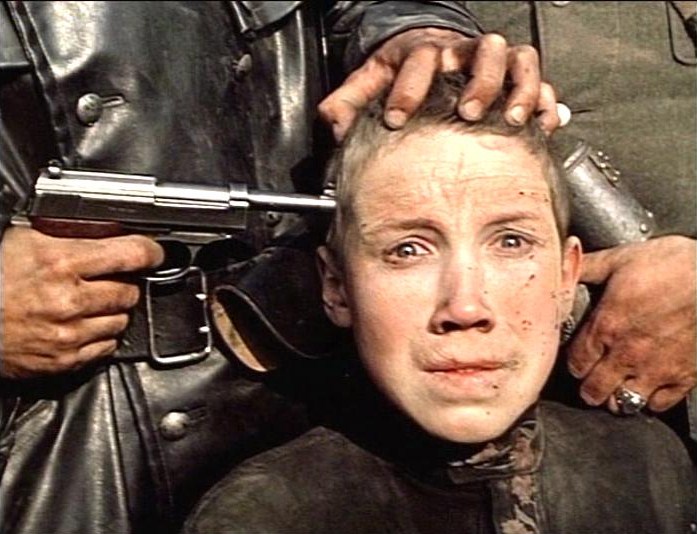
This film gets mentioned on Taste of Cinema a lot, and it’s for good reason. “Come and See” is a monumental piece of Soviet filmmaking by Elem Klimov that has experienced a resurgence in recent memory. Perhaps this is because of the urgency exuded by the film (for crying out loud, the title of the film is a literal invitation).
“Come and See” boasts what is arguably the all-time greatest performance by a young actor with Aleksey Kravchenko’s portrayal of a tormented boy who has all that he loves stripped away from him. The film works aesthetically, so you are often experiencing the terrors of World War II from the eyes and ears of a traumatized child. The sound gets fuzzy when bombs go off to depict the deafening volume of war. The visuals get blurry when shards of bark and flesh explode from every corner of the frame.
“Come and See” is a firsthand look at hatred and annihilation that is a true test of strength. By the earth-shattering final scene, you will have no words left to say.
Author Bio: Andreas Babiolakis has a Bachelor’s degree in Cinema Studies, and is currently undergoing his Master’s in Film Preservation. He is stationed in Toronto, where he devotes every year to saving money to celebrate his favourite holiday: TIFF. Catch him @andreasbabs.